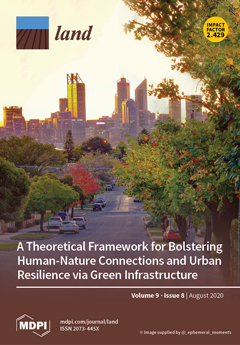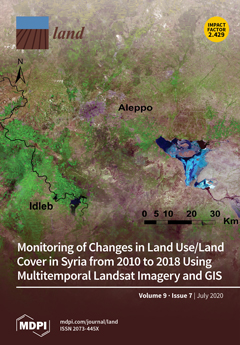Not seeing the carbon for the trees? Why area-based targets for establishing new woodlands can limit or underplay their climate change mitigation benefits
Area-based targets for afforestation are a frequent and prominent component of policy discourses on forestry, land use and climate change emissions abatement. Such targets imply an expected contribution of afforestation to the net reduction of greenhouse gas emissions, yet the nature of afforestation undertaken and its geographical distribution means that there is considerable uncertainty over the eventual emission reductions outcomes.





